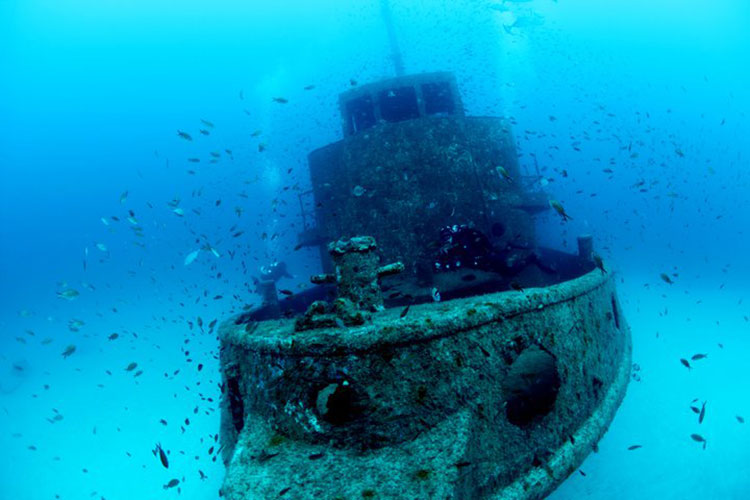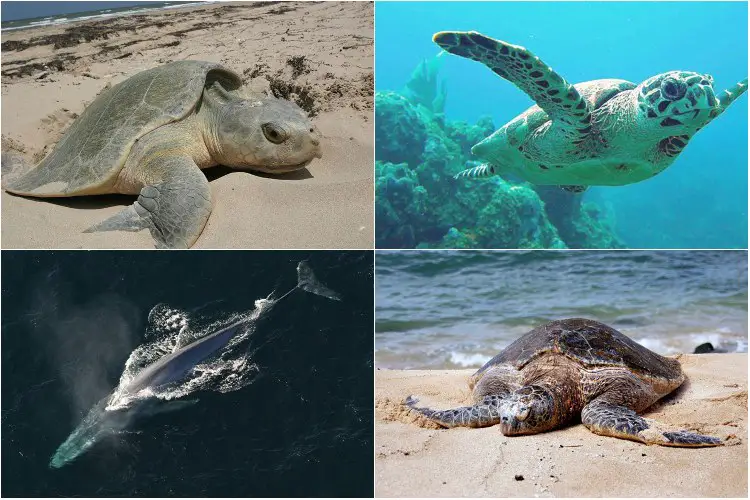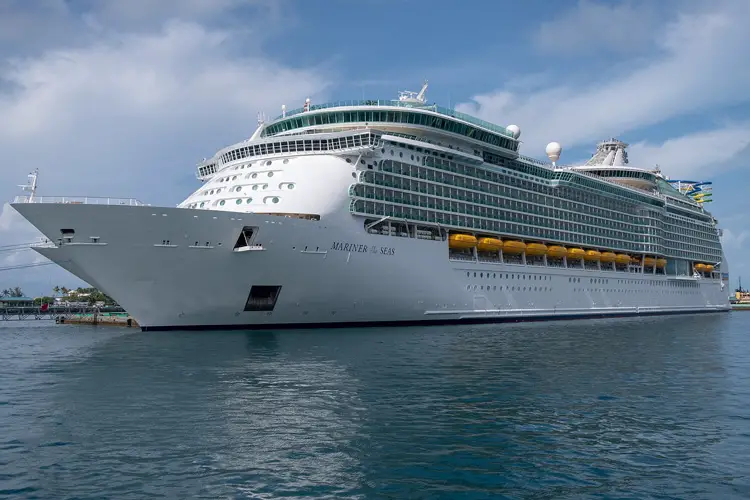What Is The Great Blue Hole Of Belize?
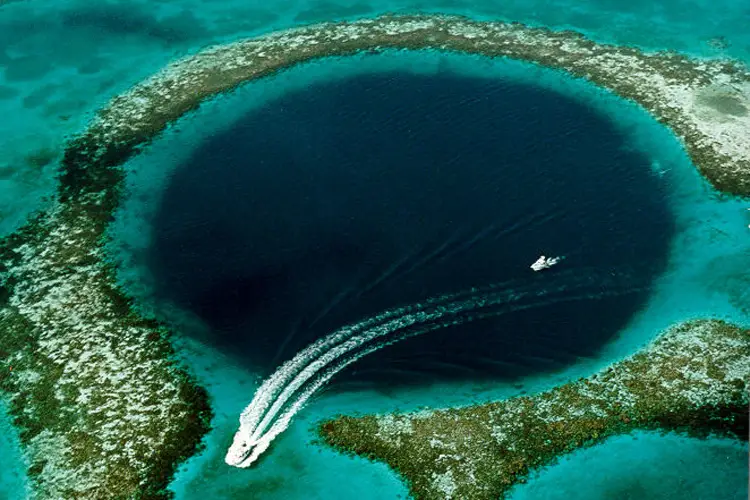
What Is Great Blue Hole Of Belize?
The oceans surprise us with the wonders of natural creation like water spouts, probably more than anything else. One such phenomenon is the Great Blue Hole of Belize. Located off the coast of Belize, on the eastern coast of Central America, it is the habitat of some marine creatures like the nurse sharks, reef sharks, blacktip sharks, and also giant groupers. According to researchers, tens of thousands of years ago, during the glacial ages, a cavern collapsed resulting in the giant underwater sinkhole. It is located less than a hundred kilometers away from the city of Belize and has become a world-famous destination for diving.
The Blue Hole of Belize is 300 meters across and 125 meters deep and is the largest of its kind. It is perfectly circular. It is located near the center of the Lighthouse Reef. A portion of it also falls under the Belize Barrier Reef Reserve System, which is one of the United Nations Educational, Scientific, and Cultural Organization’s (UNESCO) World Heritage Sites.
The most characteristic feature, deducible from its name, is the deep blue color of the water that is in stark contrast to the aquamarine color of the water surrounding it. Several stalactites and dripstone columns and sheets have been found here. In 2012, the Discovery Channel ranked The Great Blue Hole of Belize as number one in the list of ‘The 10 Most Amazing Places on Earth’.
History of the Great Blue Hole of Belize
Several research works have been carried out on this piece of wonder, and this has given rise to various estimations regarding the age of the Blue Hole. The studies found that the stalactites discovered in the Blue Hole were formed several years ago.
Studies also suggest that the formation of this massive submarine sinkhole can be dated back to the glacial period when the sea levels were lower, and the hole was a limestone cave. But later as the sea level rose, the cave got flooded and got the present form of a circular hole.
The hole was initially measured at 125 m though another expedition carried out by the Cambridge Foundation in 1997 recorded the depth to be 124 m.
British diver and author of Ten Years Underwater gave this hole the name ‘The Great Blue Hole.’ During the 1970s, a television series, The Undersea World of Jaques-Cousteau, starring the eponymous world-renowned explorer Jacques Yves-Cousteau revealed the secrets of this unique blue hole.
With the help of his vessel Calypso, the explorer mentioned above made several exciting discoveries related to this marvelous hole in the ocean.
It was through this expedition undertaken by him and his crew that suggested the blue hole being formed from a limestone cavern of the glacial era, caused by the shallowness of the water.
Under the surface of the Belize Blue Hole, evidence of stalactites and has been discovered by the explorers who gave factual confirmation of the Hole being indeed a sinkhole.
Studying the Blue Hole has helped researchers better understand the fall of the Mayan civilization. In 2015, researchers from Rice and Louisiana State Universities published a study that strongly favored the role of climatic change in the fall of the Mayan civilization.
Evidence was also found in the sediments and lagoon samples from the cave that strongly suggested the theory that, during the Mayan decline, the period of drought had extended, and tropical cyclones had become fewer.
Recreational Scuba Diving and Marine Life
Considered to be the world’s biggest sinkhole, the Blue Hole Belize is one of a kind. Mr. Cousteau recognized this swallow hole as one of the best among the top 10 places for scuba diving enthusiasts. The temperature here remains moderate and does not change much throughout the year and is around 76 F at 130 ft. This allows the divers to go very deep in the Blue Hole without any issue.
People have described the beautiful geographical formations that one can find a way below the surface. However, it is not advisable for inexperienced divers to go too deep because for them it becomes tough to keep their body stable while deep diving and moving towards the surface. It is interesting to note that the deeper you go, the brighter the water becomes.
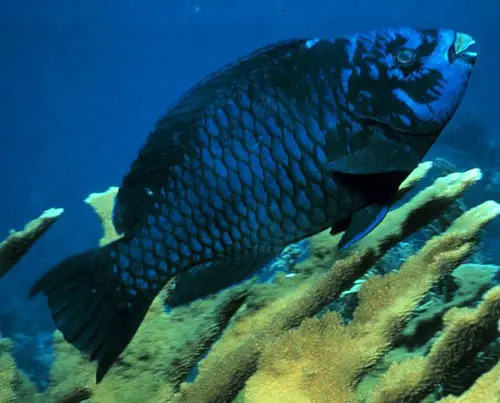
Now, the Blue Hole is not only a favorite haunt for the divers but also the reef surrounding it is home to several different fishes and various other marine creatures. Some of the exotic fishes include the nurse tip shark and the reef shark that is native to the Caribbean.
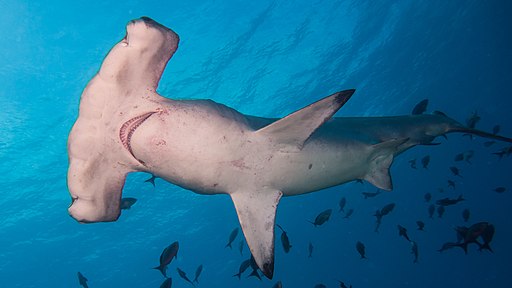
Apart from these several other species like the Midnight Parrotfish, the Bull Shark, Hammerheads have also been spotted here. However, the hole itself is not as rich in marine life as the reef and most of the time species like sharks merely pass through.
Despite all its charms, the Blue Hole has its dark side too. Several deaths have been reported in this region. There may be several causes for the divers’ death, but the most common is narcosis while diving. This is a phenomenon that occurs when the diver goes too deep.
There are no currents in the Blue Hole. However, the gases present there, due to high compression, create a sense of numbness similar to drunkenness whereby the diver loses control of himself and eventually dies.
As expected with anything beautiful and strange, there come myths and rumors. The Blue Hole has its fair share of rumors too. People have claimed that there is a monster in the Great Blue Hole of Belize.
In the early 1970s, a diving expedition from Caye Caulker, small limestone coral island off the coast of Belize, reported seeing the apparition of a sea serpent. The bizarre descriptions pointed to the claims of the beast being 20 ft tall and possessing red eyes.
As one would expect, no concrete proof has been provided by them, though it did cost apprehension among the divers. But most of them don’t seem to care much about these rumors for they could just have been species like the ribbonfish and oarfish. Hence, they choose to ignore such claims and prefer enjoying the brilliance and beauty that nature has provided them.
The Great Blue Hole of Belize is a marvelous creation of nature that has fans all across the globe.

